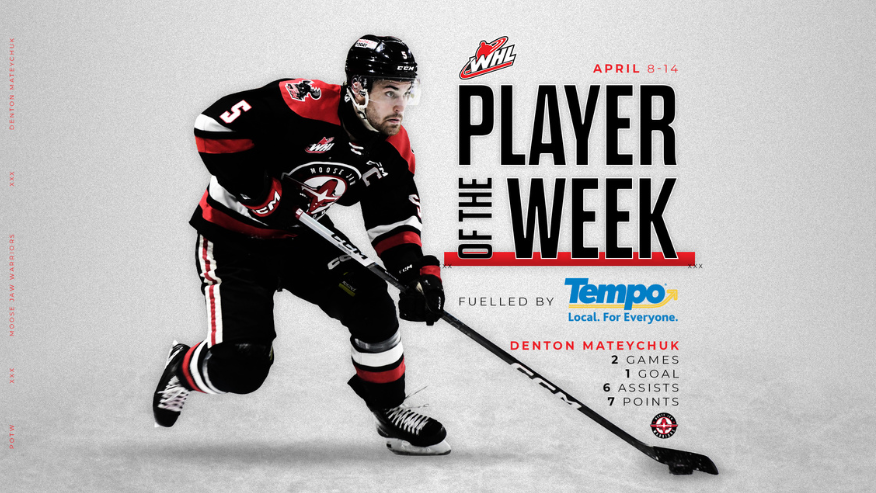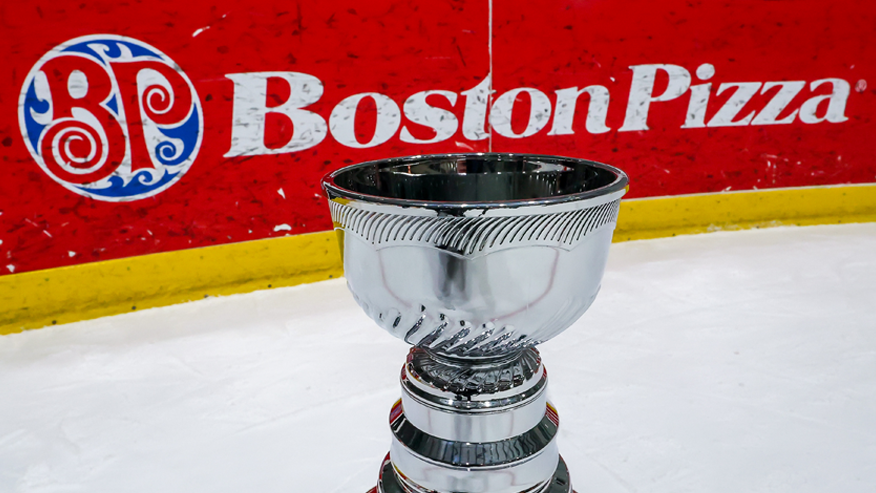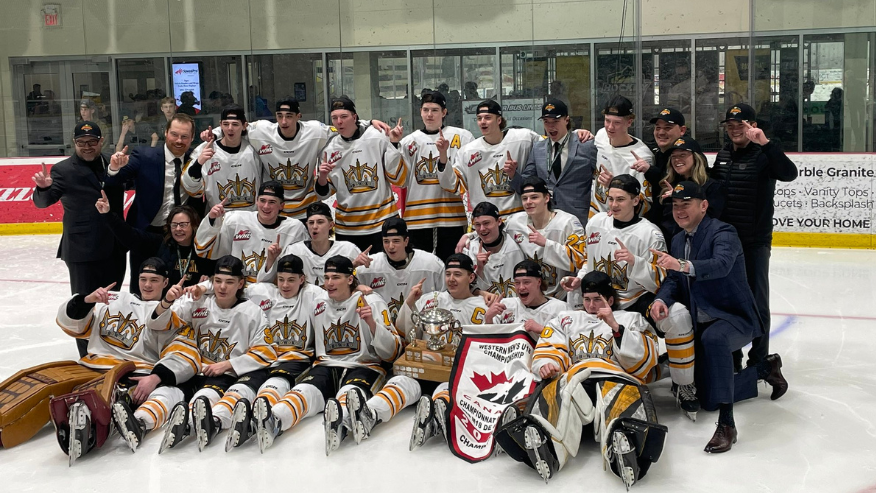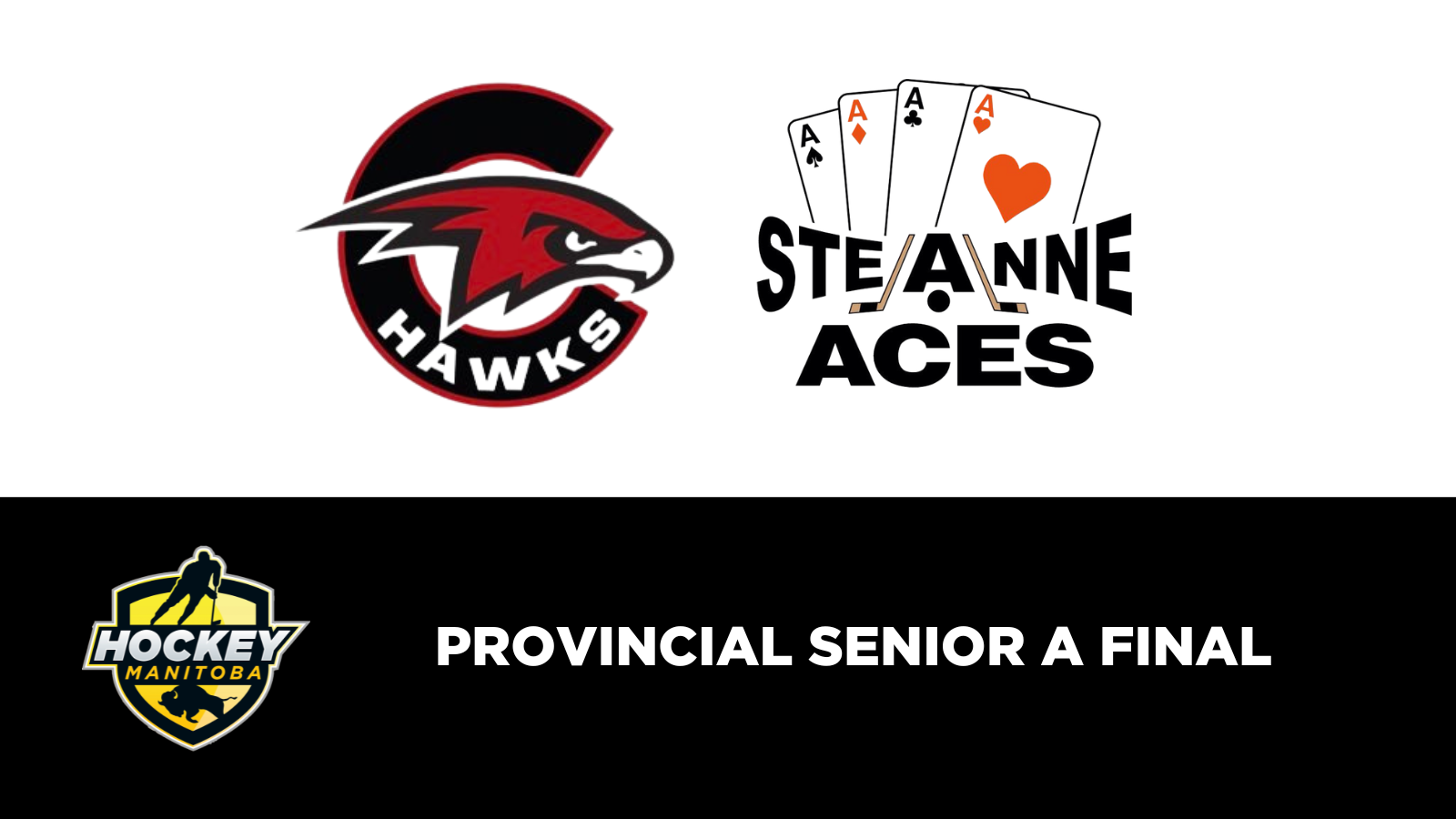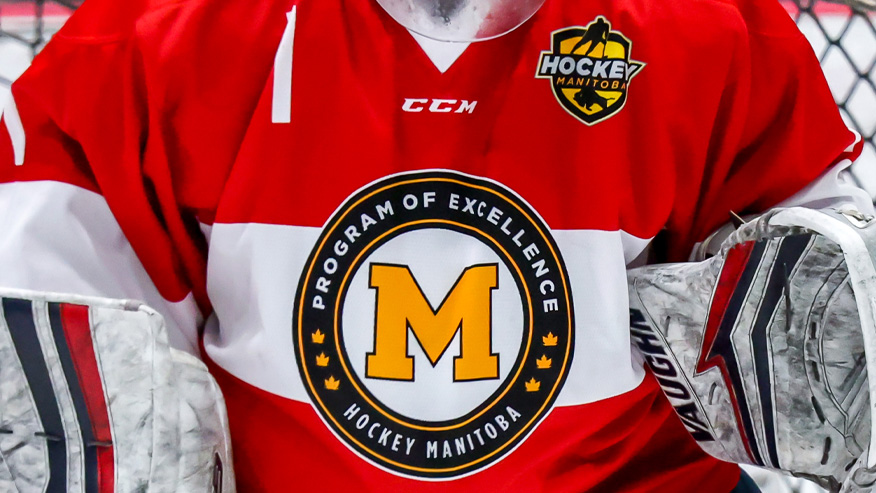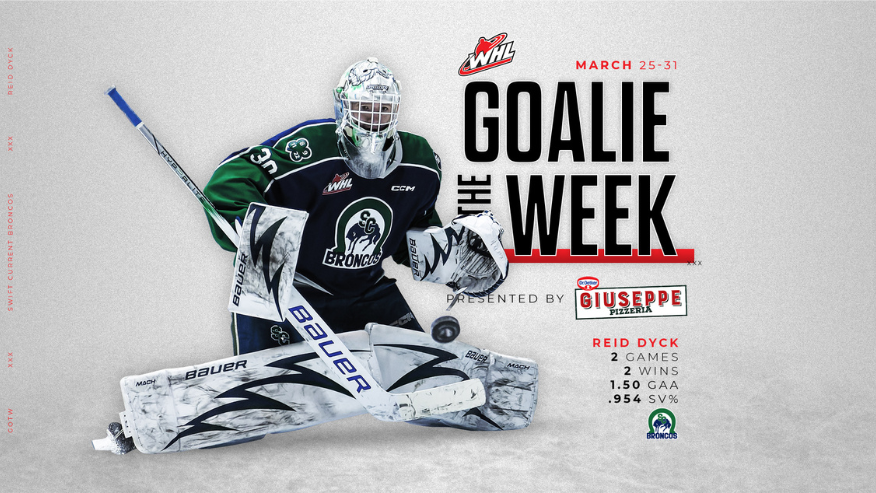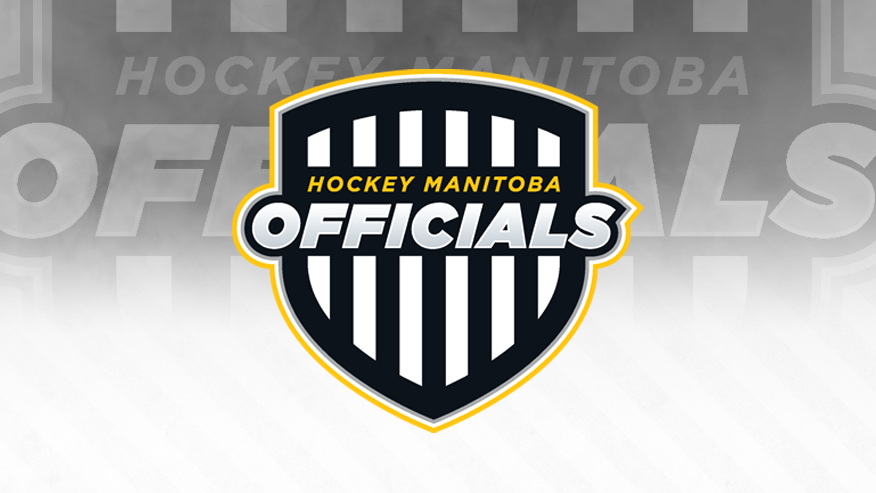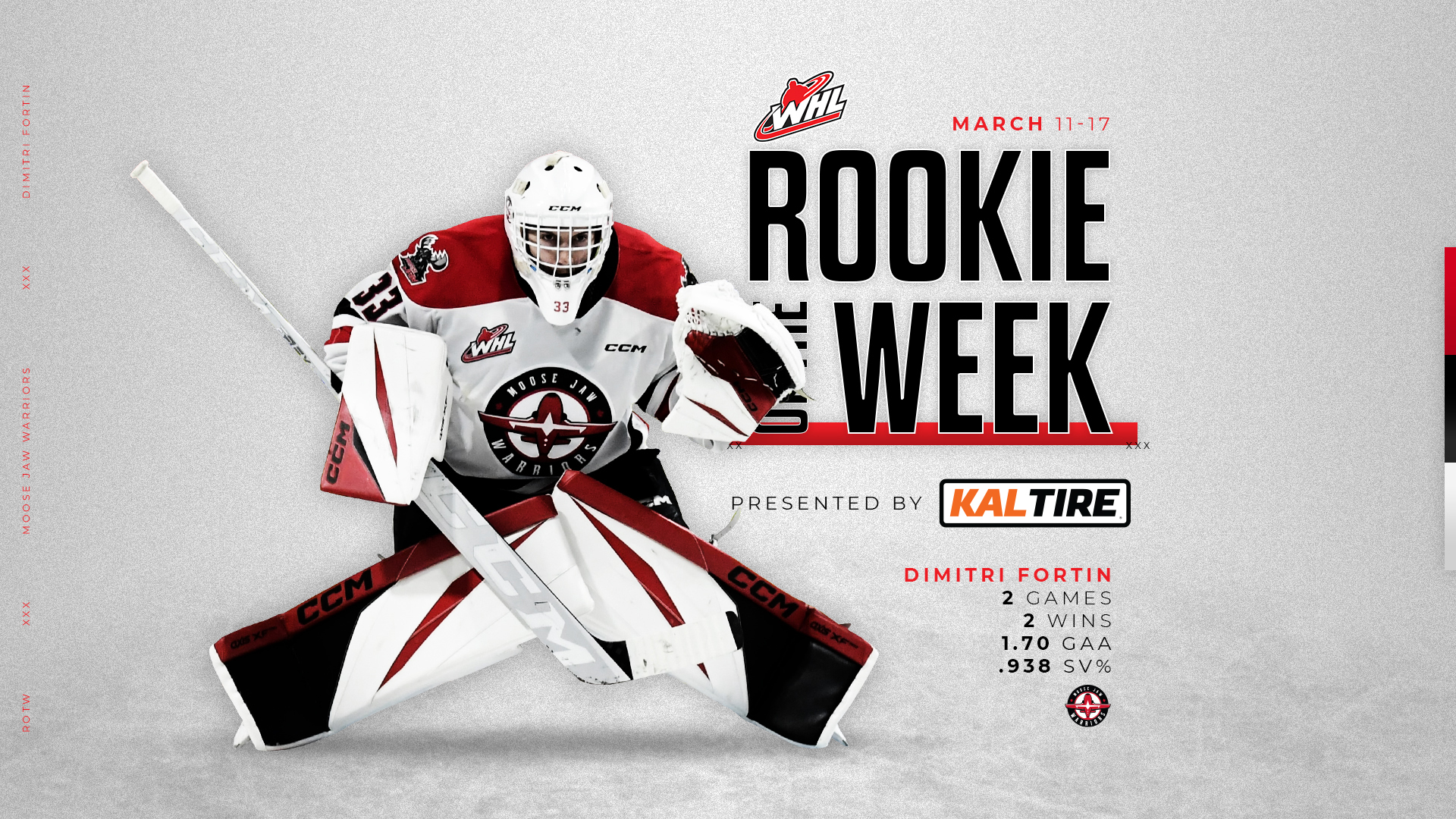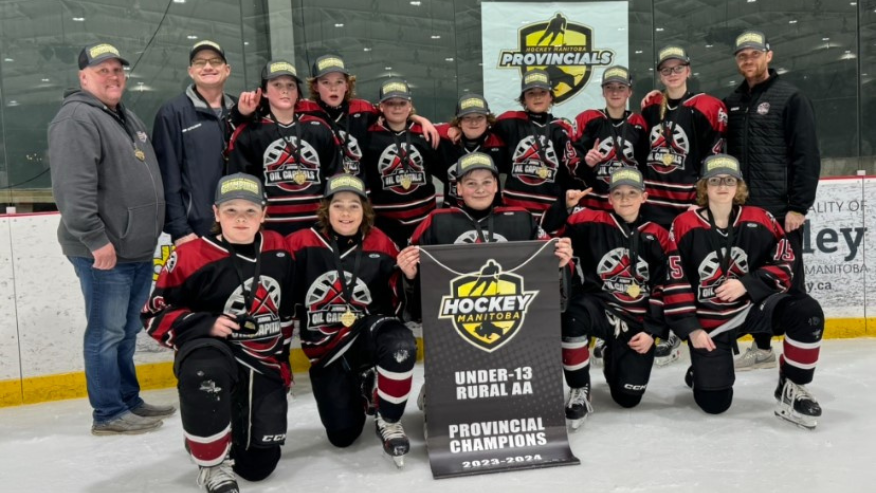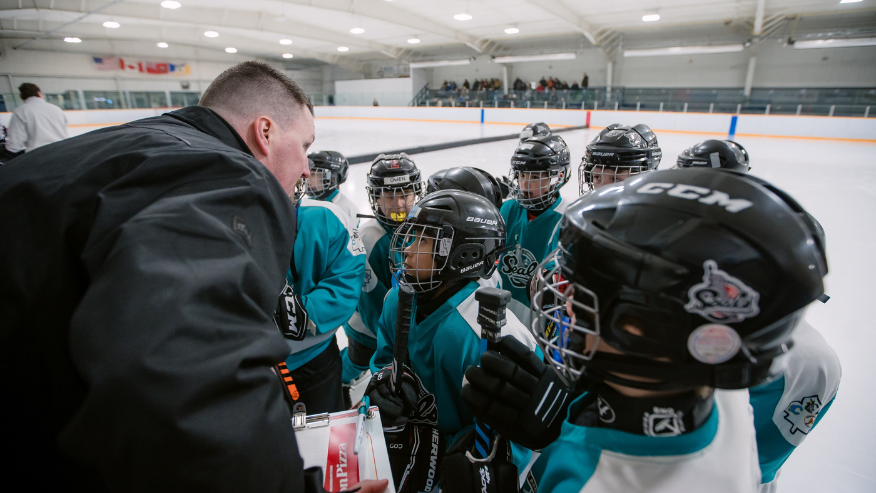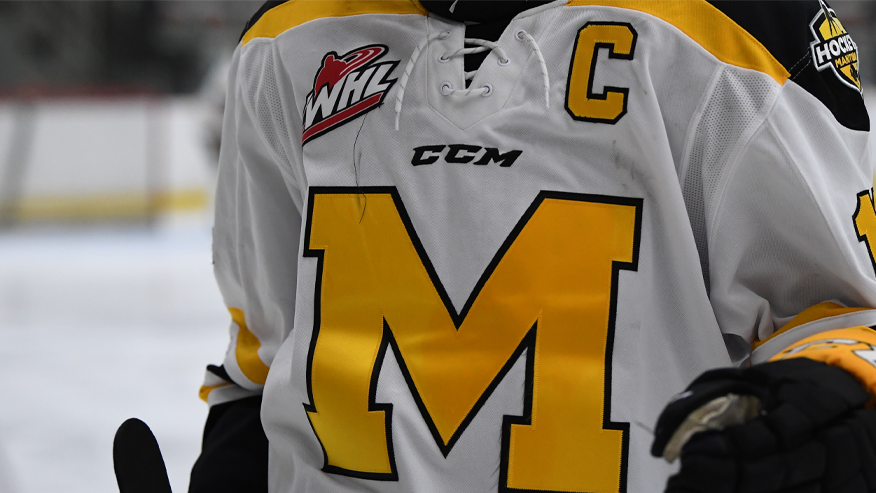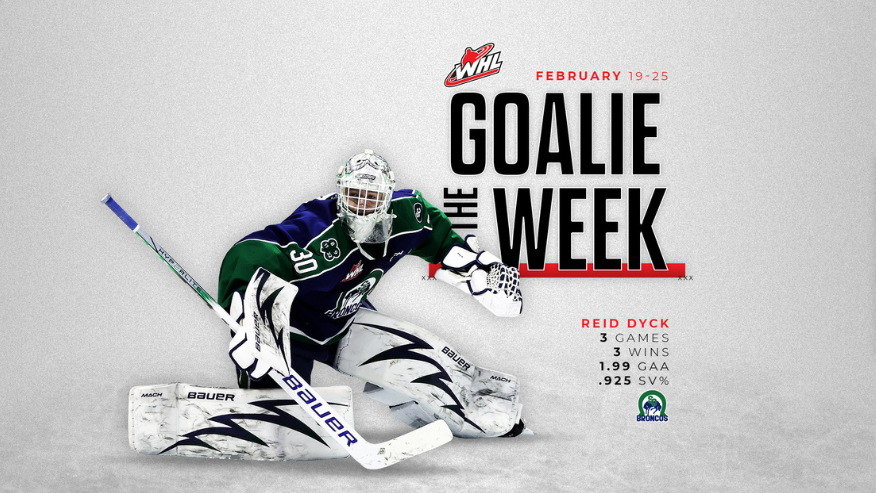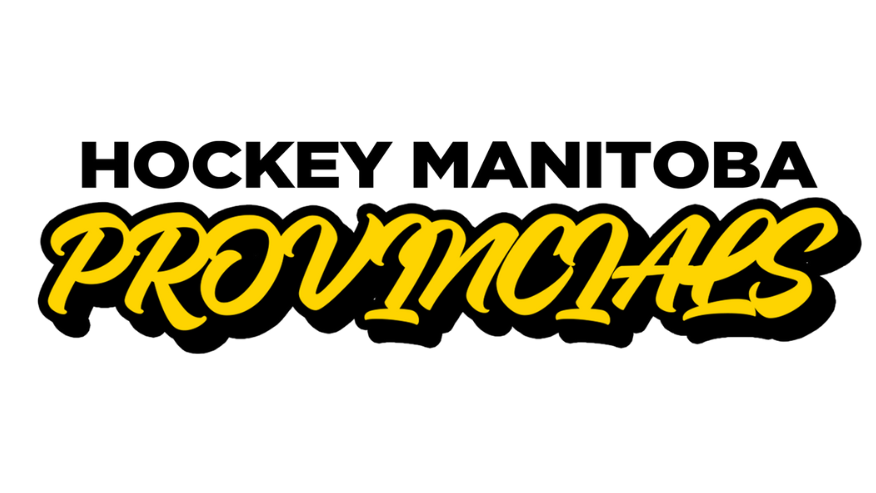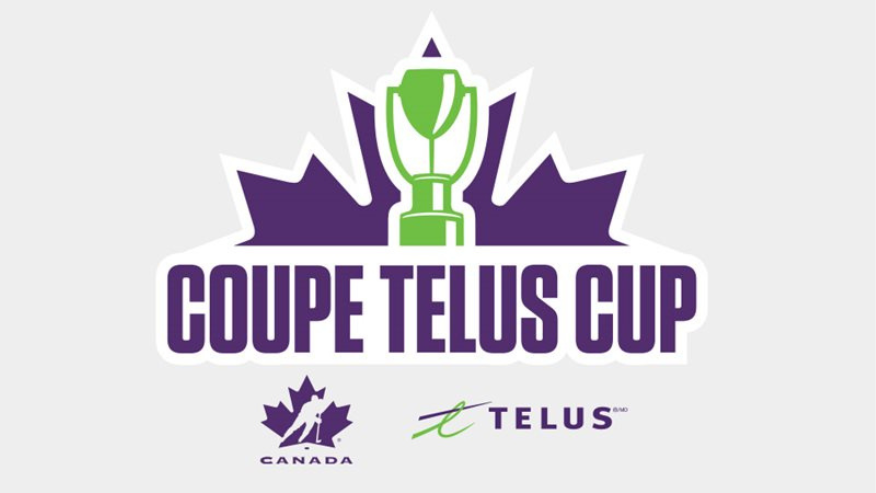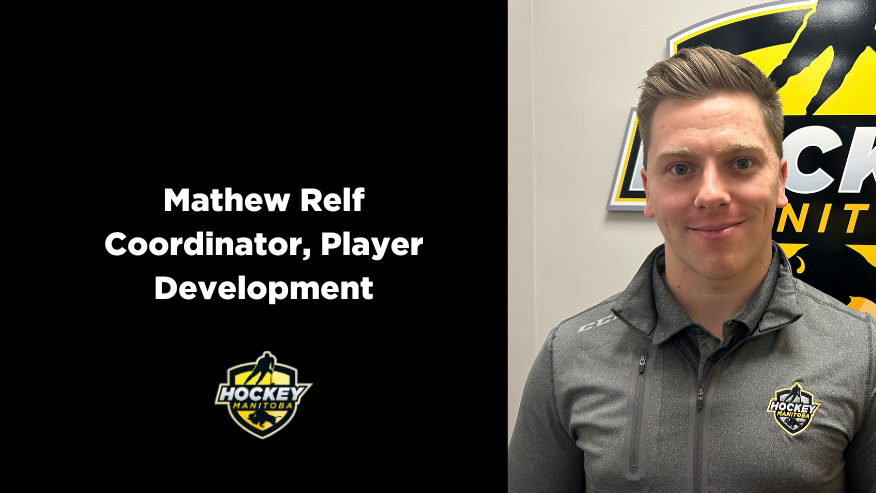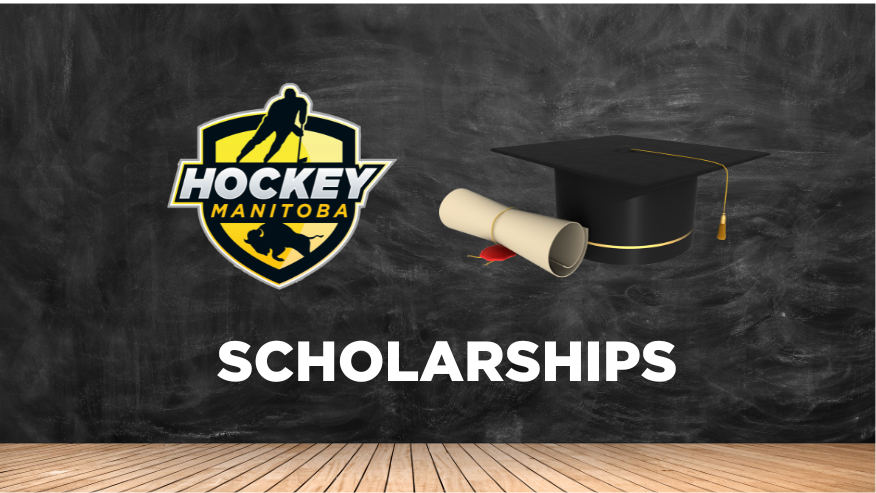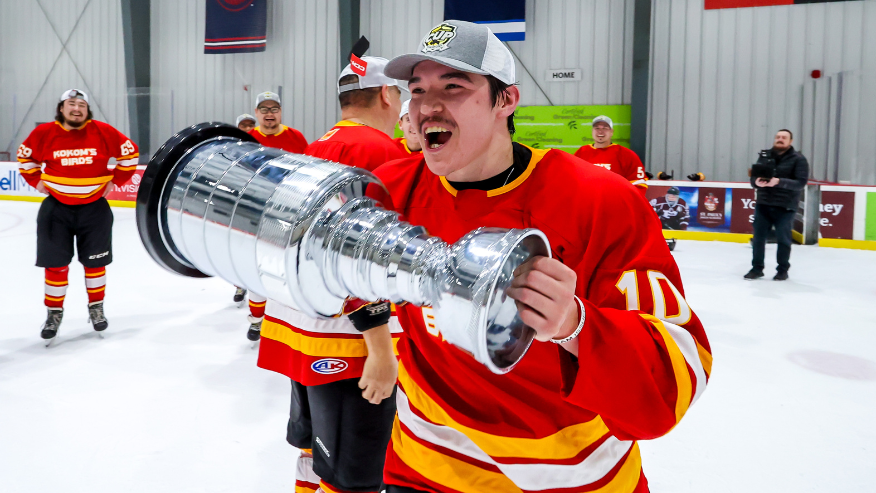GROWTH & DEVELOPMENT OF A WORLD LEADING HOCKEY PROGRAM
Article by Tanner Ziprick
“I have a rich history in athletic development and I’ve learned a great deal, mostly from making lots of mistakes. I want you to understand, regarding your children, you have to allow them to make mistakes,” says Dr. Norris.
Dr. Stephen Norris was the Director of Sport Physiology & Strategic Planning at the Canadian Sport Centre Calgary for three Winter Olympic cycles (2002, 2006 and 2010). His work with Canada’s winter sport teams put him alongside great hockey coaches like Mike Johnston, Tom Renney, and Mike Babcock. He’s now the Executive Vice President and Chief Sport Officer at WinSport Winter Sport Institute, and has also opened a sports consulting business that works with programs such as Hockey Canada and Alpine Canada.
“All modern brain research shows that the brain is increasingly activated through making mistakes and you learn to a much higher level from making mistakes. They’re not going to be perfect. They’re little children and they’re learning.”
Dr. Norris claims there are too many parents that are putting too large of an emphasis on winning.
“I want to win, and any of the teams or athletes I work with, I want them to win,” says Norris. “But I want them to win when it counts. This is typically, in most world-class performance sports, somewhere between the ages of 23 and 40. That’s when winning counts. It doesn’t count any time before that.”
A group that Norris is particularly concerned for – in regards to their future – are the children who are recognized as elite players at a young age by their parents and coaches. He says those kids receive enormous amounts of overwhelming pressure.
“The truly great ones will move on to where they need to go and they’ll be great. The rest of them will move on to be hockey parents, coaches, administrators, and whatever their day job will be in the future because only a precious few of them are going to make a living out of playing the game,” explains Norris. “This is why we have to teach those important skills that are transferable from hockey to real life.”
When a child does become one of those “great” ones who move on to the higher levels, after all those years of mastering skill training and athletic development, Dr. Norris steps in.
“You need to give us that age (16-19) where it’s that raw product that has the capability to win, the capability to be the best. Their mind isn’t full of systems and breakout drills yet,” says Norris. “If we have that, then we can get into Mike Babcock territory where we start talking about that grit, that determination, the ability to think, to make decisions under pressure, to understand game theory.”
Dr. Norris understands the pressure that is being put on parents too.
“That top end, particularly the professional level and unfortunately, levels just below it, keep digging further and further down into the system and causing you to make huge decisions about your child’s future,” he says. “You get age group drafts that keep digging deeper and deeper that force parents to make these big choices for their youngsters. But these big leagues don’t care, they just want to make sure this product, which is your child, keeps coming through; they’re not invested in the development. Their bottom line is completely different from yours. So we have to think about what we truly value.”
If parents are coaching, Dr. Norris says that they need to be properly qualified to coach minor hockey. Something he believes isn’t the case right now. Parents and volunteers do go through training mandated by Hockey Manitoba, but Norris says that once the coaches begin working with their teams, a lot of the focus is put on systems and not skills and athletic development, which is where the focus should be. Especially in regards to kids who are between the ages of 5 and 15, as that is the time when they’re the most capable of learning.
“The problem that we’re having now is that sometimes skills are being taught, but they’re not being taught well,” says Norris. “Did we actually teach them what it means to have soft hands? To actually receive the puck at light speed off your non-dominant foot when turning in your non-preferred direction. The best part about teaching skills is you can teach them anywhere, anytime, anyplace, under any conditions. You don’t need a million dollar ice surface. You just need creativity; you could run tactics and skills outside in a parking lot, you can teach hand-eye coordination by playing table tennis, the possibilities are endless.”
Dr. Norris says it’s not going to be easy to break the traditional view of how the game should be taught but it starts with one person in an association taking a step in the right direction to influence others.
“But in order for that to happen, you have to be 100% committed. If you’re only 50% committed to the process, there’s no way anything will come of it. You need to absolutely be 100% committed.”
Share

